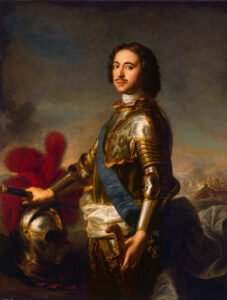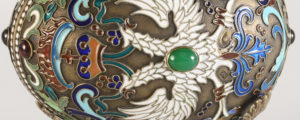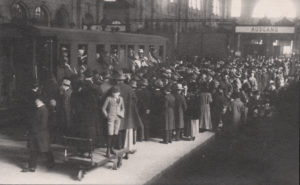
Golden times in the East
The Thirty Years’ War devastated Europe. Though not involved in the war, Switzerland also suffered. Countless people emigrated, moving north, and also eastwards. Some, such as goldbeater Heinrich Schlatter, found a happier future in their new homelands.
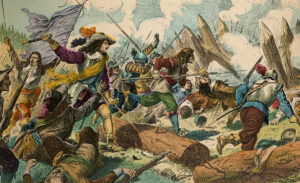
A rare and sought-after profession
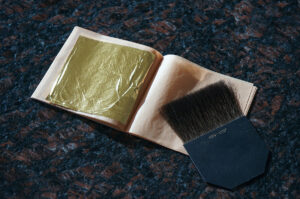
Heeding the Tsar’s call
